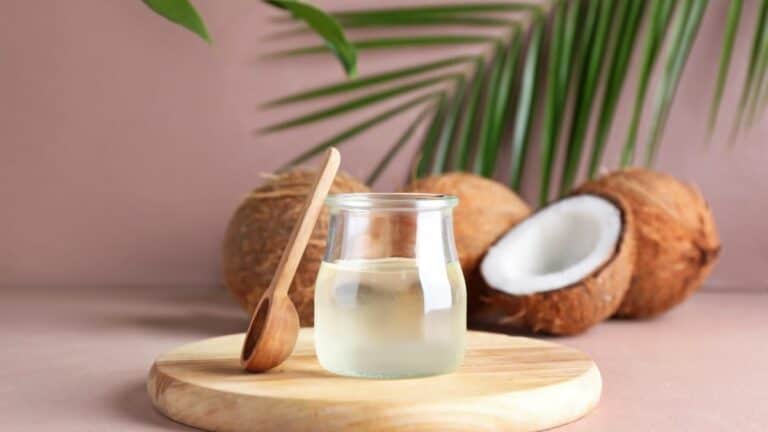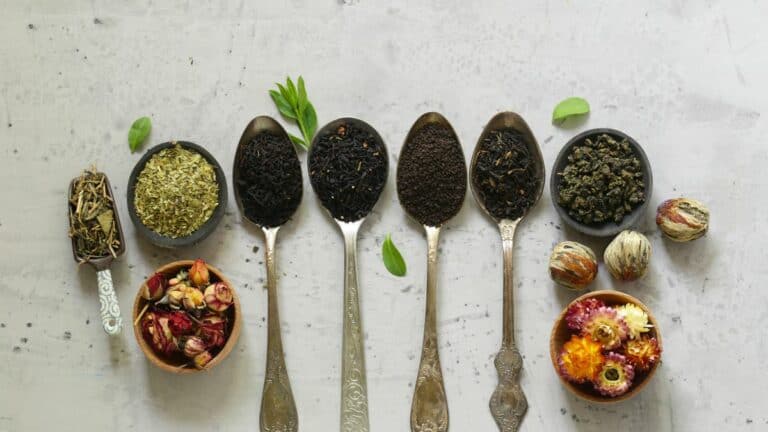8 Essential Tips for Fresh and Long-Lasting Cut Flowers
Keeping cut flowers fresh for as long as possible doesn’t have to be tricky. With just a few simple steps, you can enjoy vibrant blooms that last much longer than expected. Here’s how to make your flowers look their best and stay beautiful for days to come.

Trim the Stems at an Angle
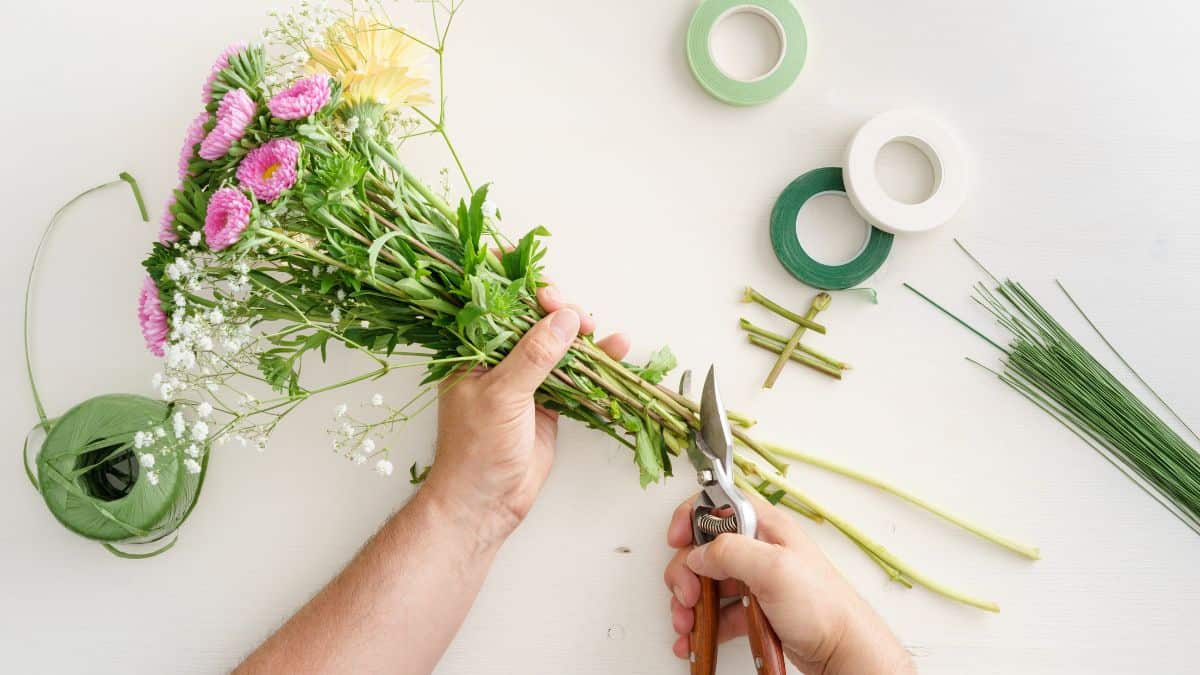
Freshly cut flowers benefit from a quick trim before placing them in water. Use sharp scissors to cut the stems at a 45-degree angle. This increases the surface area for water absorption, keeping your blooms hydrated and vibrant.
Remove Extra Leaves
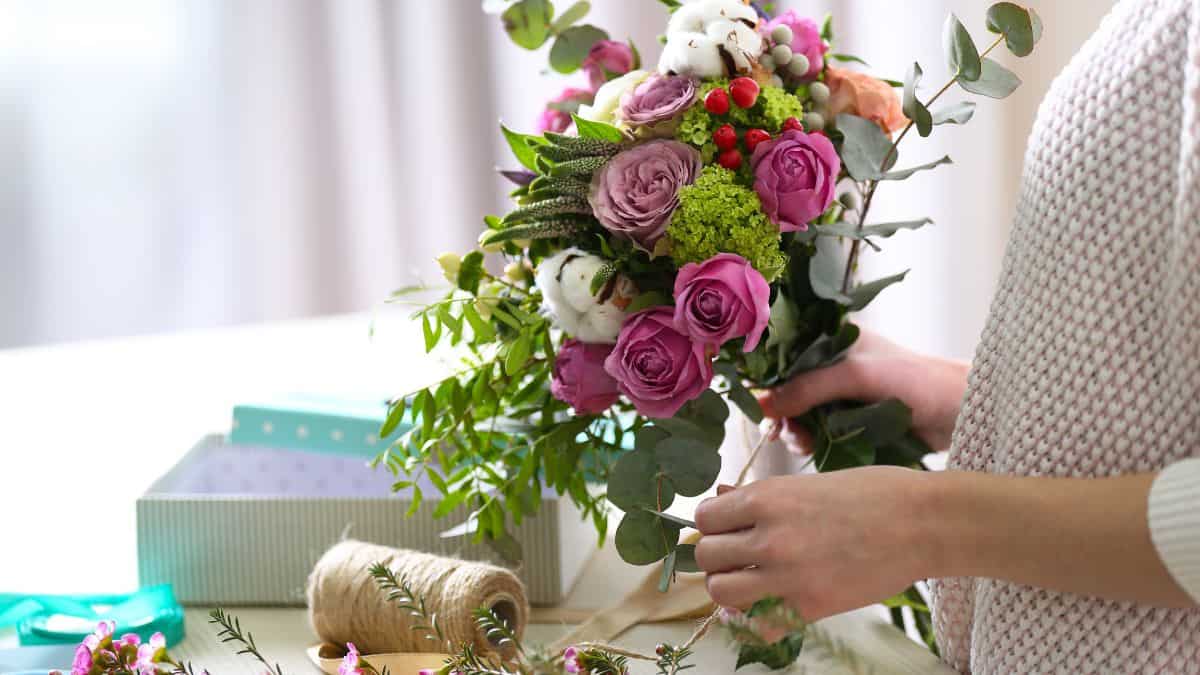
Strip away any leaves that fall below the waterline in your vase. Leaves submerged in water can lead to bacteria growth, which can shorten the lifespan of your flowers.
Use Clean Vases
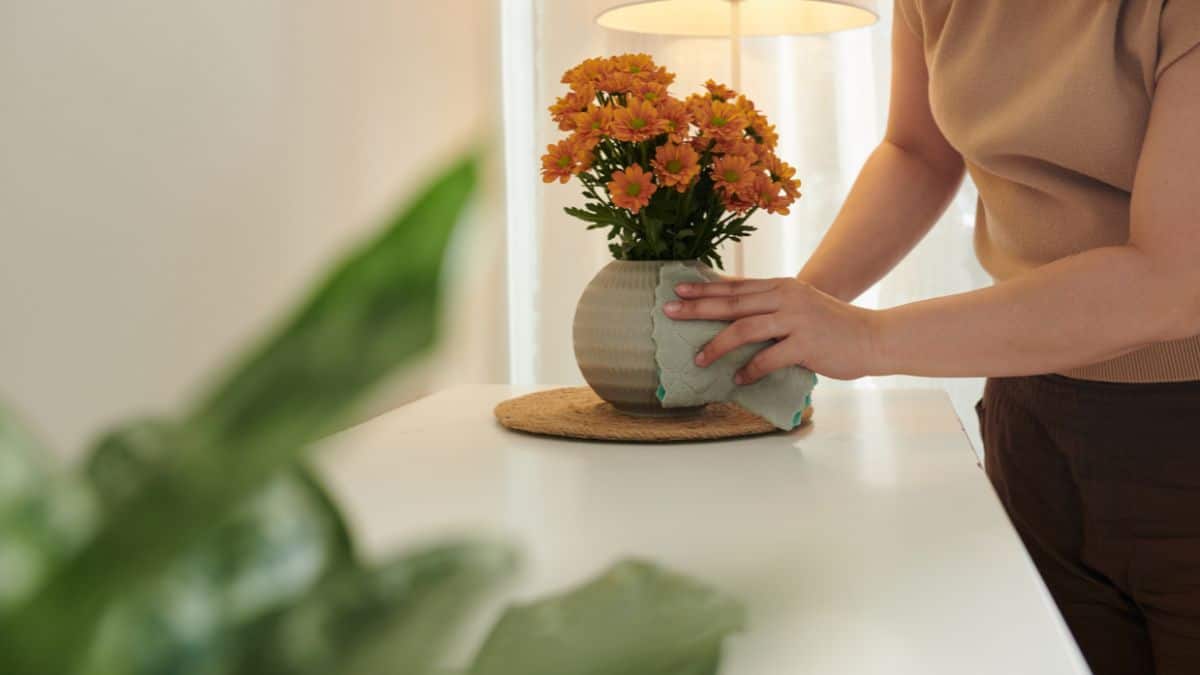
Always start with a clean vase. Residual bacteria from previous arrangements can harm your fresh flowers. Wash the vase with warm, soapy water, and rinse thoroughly before adding fresh water.
Change the Water Regularly
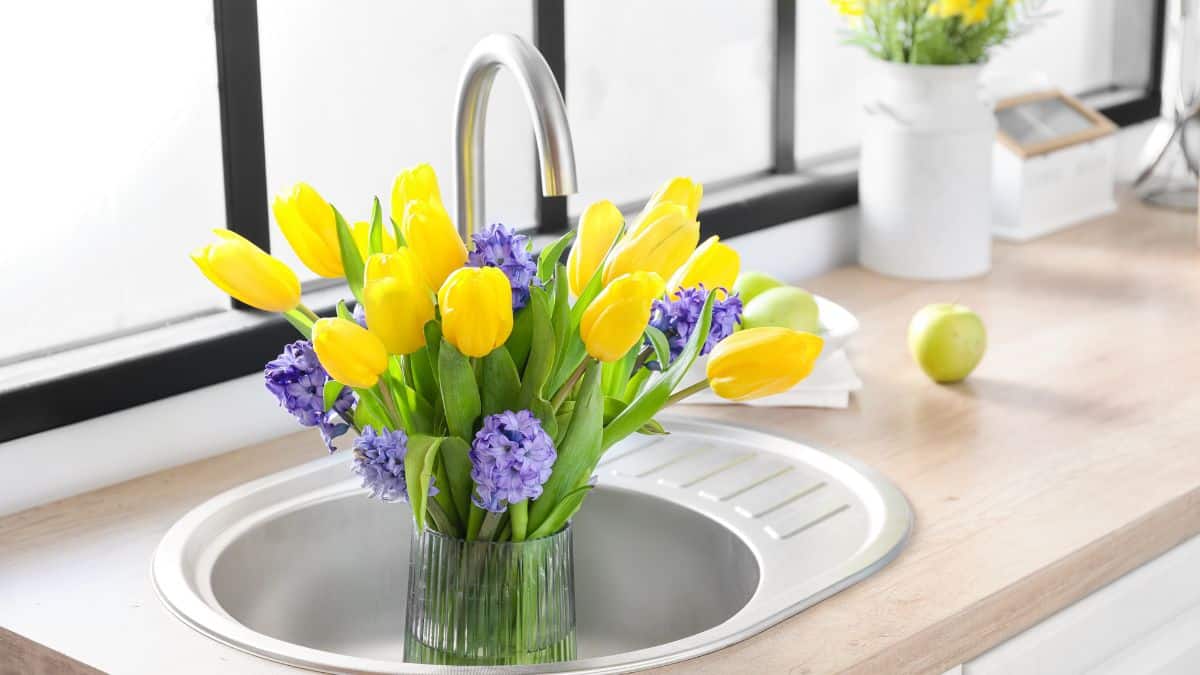
Flowers love fresh water! Change the water every two to three days, and give the stems another trim to help them absorb nutrients better. This simple step can significantly extend the life of your bouquet.
Avoid Direct Sunlight and Heat

Keep your flowers away from direct sunlight, heating vents, and any appliances that emit heat. Flowers last longer in cooler environments, so place them in a cool, shaded spot.
Add Flower Food

Most bouquets come with a packet of flower food. Use it! Flower food contains a mix of sugar (for nourishment), acid (to maintain water pH), and bleach (to prevent bacteria). If you don’t have flower food, you can make a DIY version using sugar, lemon juice, and a tiny bit of bleach.
Mist the Flowers
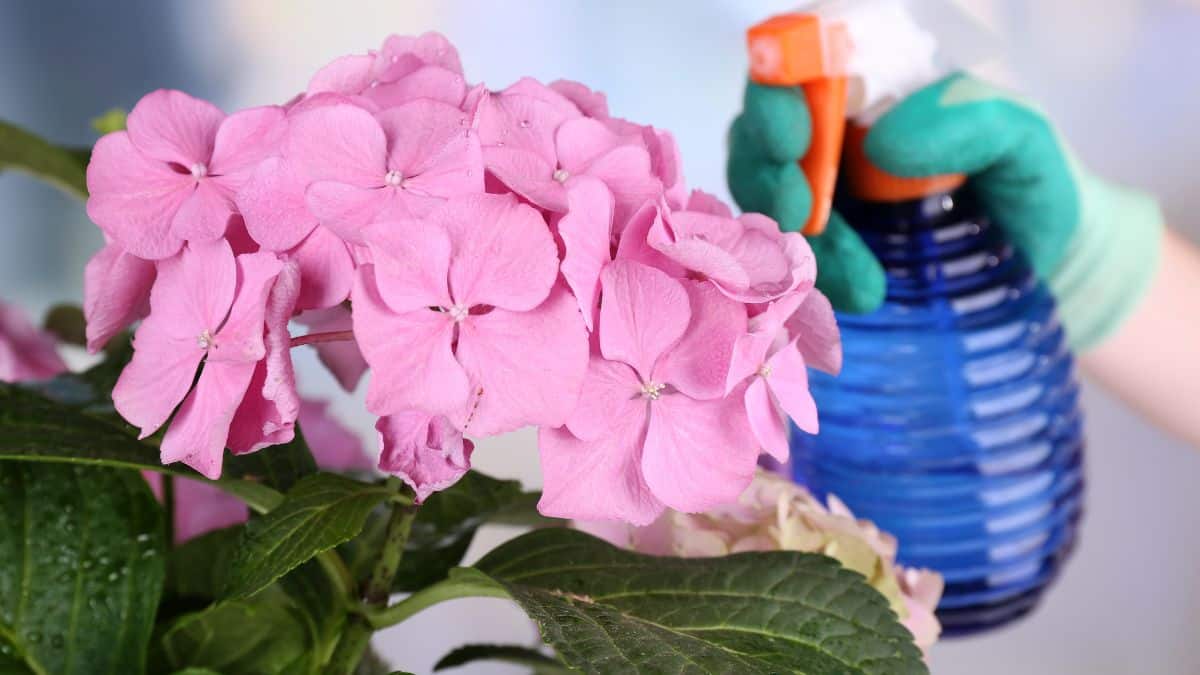
Flowers love a little humidity. Lightly mist your bouquet with water once a day to keep the petals fresh and hydrated. This is especially helpful for delicate flowers like roses and hydrangeas.
Remove Wilting Flowers Promptly

As soon as you notice a flower starting to wilt, remove it from the arrangement. Wilting flowers release ethylene gas, which can accelerate the aging process of the remaining healthy blooms.

